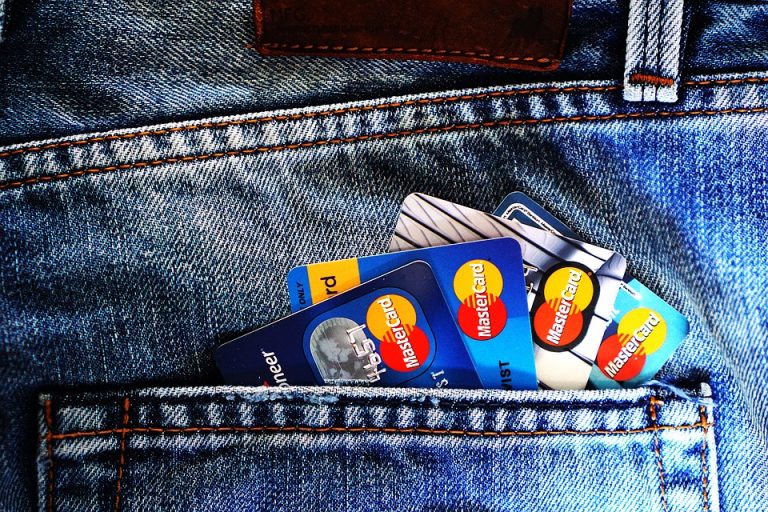
Starting your own landscaping business is difficult on many levels, but it becomes almost impossible to do when your credit is terrible or you’re under piles of debt.
For aspiring landscape company owners looking to start their own venture but suffering from crushing debt and a plummeting credit score, take a look at a few tips that can help you get back in good standing financially and boost your chances of starting a successful business.
Understanding basic personal finance
For starters, you can’t expect to successfully run your landscaping business if you don’t understand the basics of personal finances. This includes balancing a checkbook, avoiding credit cards with high interest rates, avoiding loans and more.
If you find yourself under a mountain of debt or even just a molehill, there are a few steps you can take to begin your journey of climbing out.
Pay credit cards before the due date. According to the Huffington Post, most people will wait until either the actual day a bill is due or the day before it’s due to pay when in actuality it’s better to pay them off as they come in.
Creditors will typically report your account balance to credit bureaus on a different date than your payment due date. So, if you’re running up a large balance during the billing cycle, the Huffington Post says your credit utilization ratio could be too high to pay down the balance to $0 on the due date.
Therefore, it’s recommended that you keep your credit utilization rate under 30 percent to maintain a healthy credit score, and a good way to do that is to make payments throughout the billing cycle.
Stick to a budget. While sometimes easier said than done, this is a very necessary aspect of personal finance. Most people go into the process of budgeting with the idea that they will no longer be able to have any fun because every dollar will have to be accounted for, but creating and sticking to a budget will enable you to be able to live within your means and ultimately have money left over for fun down the road.
Use credit cards as a tool rather than a crutch. It’s incredibly easy to swipe or use a card for purchases, especially in this day and age with online shopping, but credit cards are the easiest way to accumulate debt.
Until you’re able to get your debt significantly reduced or eliminated, consider going on a credit card hiatus and stick to that previously set budget firmly. The Huffington Post recommends tackling debt by using the ‘debt snowball’ method of paying off debt, as recommended by personal financial guru Dave Ramsey. Start by paying off the smallest amount of debt before beginning to tackle the larger ones. This makes the process seem more attainable and is less discouraging.
Once you’ve reached a point where your debt is down or completely gone and your spending habits are under better control, you may still feel like you should have a credit card for emergencies or other circumstances. If this is the case, consider investing in cards that offer rewards such as cash back or travel points. The key to having a card like this, however, is to only charge what you can afford to pay off right away.
Keep regular tabs on your credit score. Once your score is out of the red zone, be sure to watch it consistently to make sure it stays up and isn’t subject to fraudulent activity. There are numerous free credit score checking sites and apps at your disposal. For checking your FICO score, talk to your credit card company since most banks offer the option free to cardholders.


